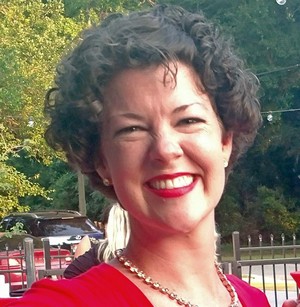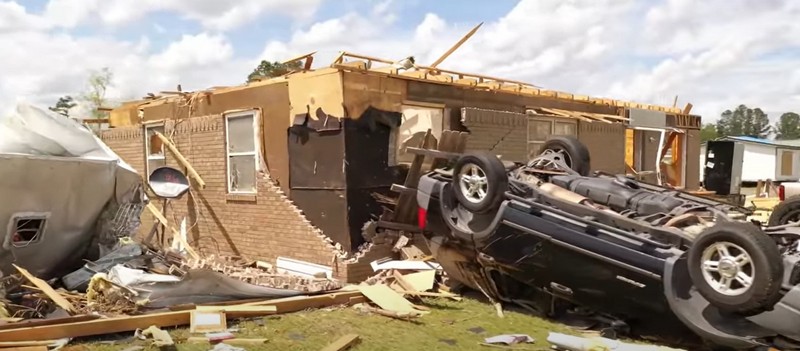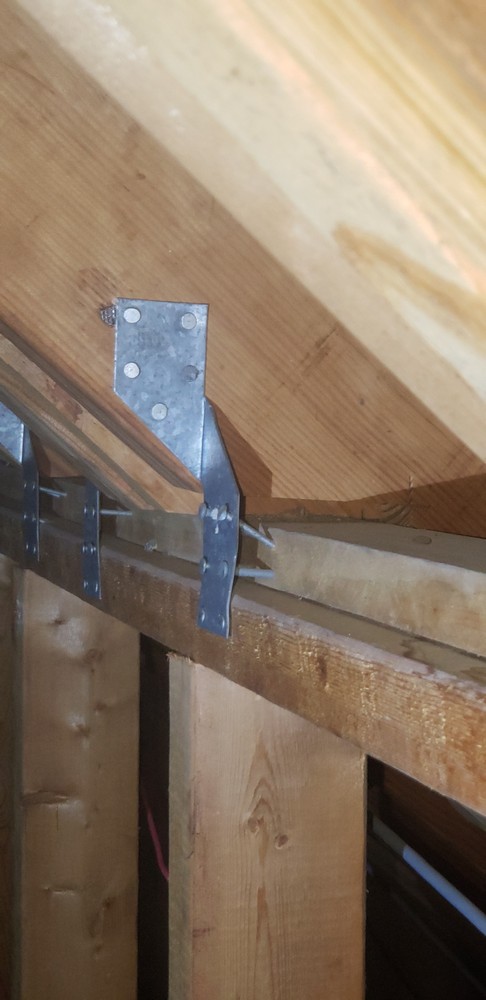29 Jun June 2020


Office: 843 846 2500
www.WillisSinclair.com
Info@WillisSinclair.com
June 2020
Number 76

We have new chicks here on the homestead! They were hatched mid May. Mother hen is pretty tolerant of little ones holding the chicks.
 From the desk of Mandy
From the desk of Mandy
Have you ever wanted to “get organized”? I certainly have. Life in general is just easier and better when I am organized, but sometimes maintaining organization or even initiating it can be a real challenge.
Being “organized” means different things to different people. For some people, a desk is “organized” when everything is right on top. For others, a desk is only organized when every item is neatly compartmentalized in a neat row of matching and clearly labeled containers. What you need to figure out is what being “organized” means to you. (Your space [kitchen, closet, drawers, etc.] might be convenient for you if it is organized according to the preferences of another.)
When organizing your space, it is very important that it makes sense to you. If you can’t find anything or you’re always putting the ‘right’ thing in the ‘wrong’ place, you may need to change where you are keeping it. Getting “organized” is just a fancy way of saying it has been sorted. You have like things together and they have a happy home in which to live. Sort by color, size, type, shape, anything you like. If you’re organizing your clothing drawers, you may wish to sort by type of garment. Getting dressed can be such a frustrating experience if you are continually pulling out a pair of yoga pants when you really want a tank top. Try sorting your clothing into different drawers: underthings, socks, t-shirts, pants, shorts, pajamas, etc. After you’ve decided what goes where, decide how you’ll want to see them when you open the drawer – do you like to see vertical stacks or horizontal rows? (Sorting by color at this point is strictly a matter of preference, but it does make for a terrific aesthetic!) Similar items that are folded into similarly-sized rectangles make a very tidy finish.
If you’re organizing the hanging things in your closet, you may wish to sort either by type of garment or color of garment. If you sort by type, you’ll separate the jackets from the buttonups and the dresses from the cardigans. If you sort by color, you’ll wind seamlessly through a rainbow of colors: purple to red to orange to yellow to green to blue to black. (Neutral colors such as ivory, grey, and brown can be reserved for very last and then tucked in wherever they are most coordinated; browns usually go nicely between purple and red, but grey will probably go after black.)
If you’re sorting your books, the sky is the limit! Sort by author, subject matter, size, title, or color. Think about the kind of vibes you want with these books: a set of identical books in a tightly regimented row exude a sort of fanatical precision, while books in varying sizes and colors, displayed horizontally or vertically (or both!) set a more relaxed mood.
Whatever you are organizing, there is no wrong way to do it! If you’re not sure how would be ‘best’, try anything. If you try sorting by size and it looks silly when you’re done, change it to sorting by color. If that’s bad too, try sorting by type of item. If sorting by shape just makes sense to you, do it that way. The key is to make what is yours work for you.
Are You Prepared for Hurricane Season?
The official hurricane season for us begins June 1 and ends November 30 — a full six months. That is not to say that all hurricanes will happen during the season, but historically, most do occur during the six months. Each season has an average of 10 named storms. Six of those will go on to become hurricanes and 2 1/2 of the 10 will become major hurricanes (category 3 or higher). Of course averages don’t really mean anything. The most storms on record occurred in 2005 (28 named storms resulting in 15 hurricanes).

This chart shows the average number of tropical storms and hurricanes by month for the years between 1851 and 2017. As you can see a few storms occur out of season (May and December), but for the most part, they fall within the season. We have already had two named “out of season” tropical storms this year.
While hurricanes might be thought of as large wind storms, they bring several dangers with them. Wind, of course always comes with hurricanes. Sometimes if a hurricane spawns a tornado, the winds can be severe — approaching 200 miles per hour like the EF4 (175 mph) tornado that devastated the small town of Nixville not far from us. Hurricanes can also bring with them storm surges (rising water) and in the appropriately named Lowcountry, that can be a big problem. Two other issues are related to the winds from a hurricane or tornado: flying debris and falling trees.
Although winds from a hurricane are less in strength than wind from a tornado, they can still be significant.
- A Tropical Storm has winds of 39 to 73 miles per hour.
- A category One Hurricane has winds of 74 to 95 miles per hour.
- A category Two Hurricane has winds of 96 to 110 miles per hour.
- A category Three Hurricane has winds of 111 to 129 miles per hour.
- A category Four Hurricane has winds of 130 to 156 miles per hour.
- A category Five Hurricane has winds of over 157 miles per hour.
South Carolina is the fifth most likely state to be hit by a hurricane. We have been hit by 30 hurricanes (between 1851 and 2018) with five major (category 3, 4 or 5) hurricanes. Being near the coast increases our chance of damage a bit since hurricanes tend to diminish once they are over land.
Hurricanes can do a lot of damage, but if they spawn a tornado (not uncommon), winds can be much higher — upwards of 200 miles per hour. Fortunately, tornadoes are relatively short lived and small compared to hurricanes, but the damage they do can still be devastating.

This is the handiwork of an EF4 (175 miles per hour) tornado that hit Nixville, South Carolina (about 30 miles WNW of our jobsites) mid April, 2020.
Although a gentle breeze seems harmless, stronger winds can apply an amazing amount of force to large objects (such as houses). For example a 100 mile per hour wind blowing on a wall 10 feet high and 40 feet long will apply about 150,000 pounds of force to that wall. The force goes up with the square of the wind speed, so a 140 mile per hour wind results in 300,000 pounds of force. The Nixville tornado (175 mph winds) would have put 460,000 pounds of force on that hypothetical wall.

If you are having a home built, be sure your contractor uses proper tie down methods for securing your home. You won’t need the ties until you need them and then it will be too late to add them. They need to be there from the start. Hurricane tie down hardware is not the place to cut corners. We ALWAYS use more tie down hardware than required for our wind zone and attach it properly.
This is an actual photo of rafter ties improperly installed on a home in our area (but, obviously, not built by Willis Sinclair). With only two of the nails solidly in the top plate, the holding power of the tie is dramatically reduced. Notice the entire row of ties seems to be like this.
Wind not only presents a big force on buildings, but also trees and any loose items. Trees may be uprooted because often the ground is saturated with the rain that comes with the hurricane. Trees may also be broken by the strong winds. Flying and falling debris can cause severe damage to a home that stands up to the wind.
Storm surges (rising water) are also a concern here in the Lowcountry. The elevation above sea level here is only a few feet depending on your location. Hurricanes north of the equator rotate in a counterclockwise direction (caused by the Coriolis effect). This means the wind speed (relative to items on the ground) on either side of the storm will be different because the speed the hurricane is moving along its path is added to the side with the wind blowing towards you and subtracted from the side where the wind is blowing away from you.
Wind from a hurricane approaching at 10 miles per hour would have a 20 miles per hour difference in wind speeds depending on if it passed on your right or left (facing the storm). If the storm passes on your right, the winds would be 20 miles per hour faster than if the storm passed by on your left.
Although a 20 mile per hour difference might not seem like too much, it can affect the storm surge. Part of the surge is caused by the low air pressure in the eye of the storm. This low pressure causes the water to rise. Another part of the surge is caused by the wind blowing the water towards the land on the north side of the storm. If the storm passes on your right, you will have a storm surge due to the low pressure plus the wind. If the storm passes on your left (again facing the storm), the surge will be less (the surge due to the low pressure minus the surge from the wind).
So, with all of this information what can you do? Call us. We can prepare your home for any approaching storms. We will bring in any loose items (lawn furniture, for example), attach protection to your windows (if you need it and have the protection at your home). We will also check your home and assess any problems after the storm passes. If we see any damage, we will do a temporary repair so further damage does not occur and then notify you. When you are ready, we will remove any hurricane protection and replace outdoor items.
When storms approach, we have limited time to prepare and we can only do so much before we are required to evacuate the area. If you want our assistance, call or email to be added to our list. Obviously, our regular clients and those on our list come first. If you are on our list and a named (significant) storm approaches, we will concentrate our efforts on preparing your home for the storm. There is no charge to be on our list. We only bill if we have to prepare and restore your home.
We cannot prevent hurricanes — they are a part of life in the Lowcountry, but we can help you prepare for them. Call us (843 846 2500). We can help.





No Comments